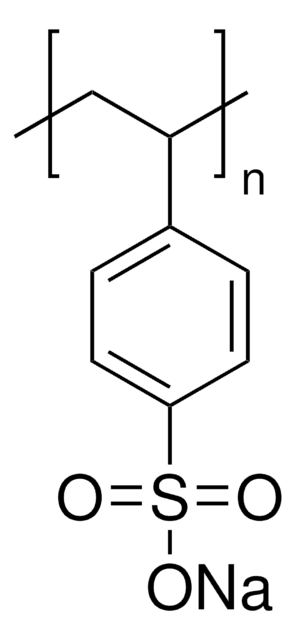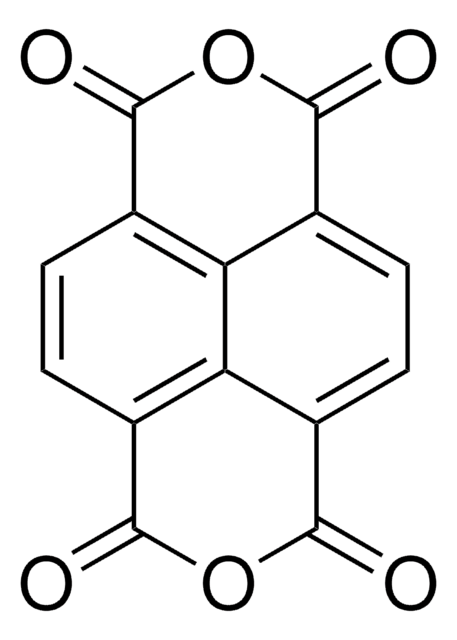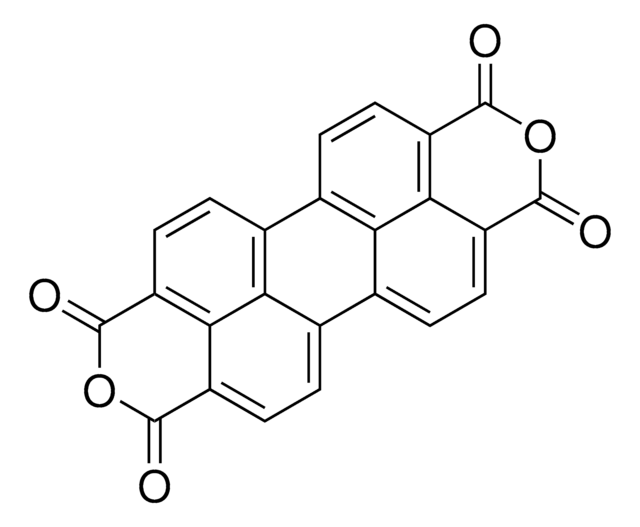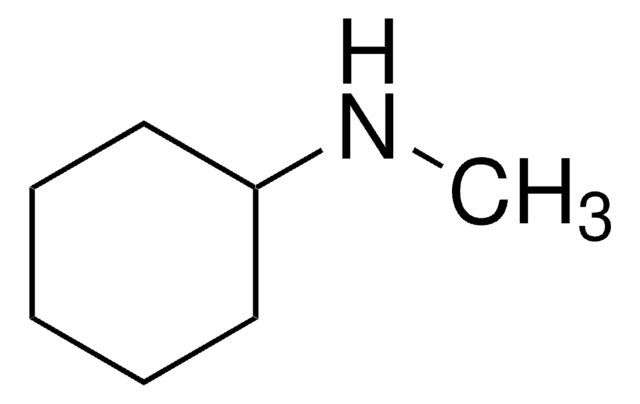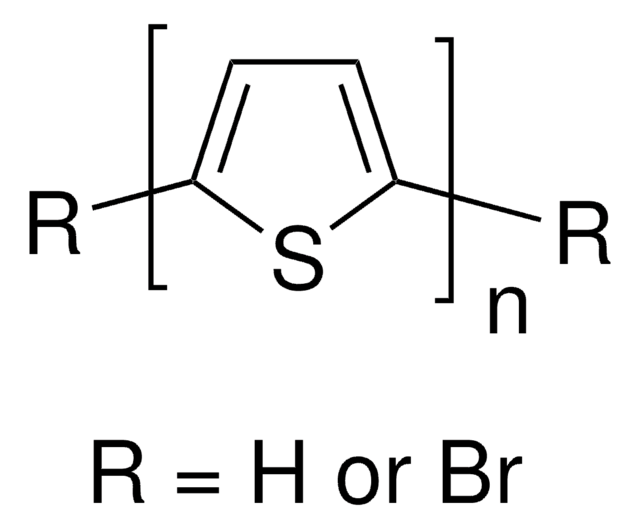445711
Poly(3-octylthiophene-2,5-diyl)
regioregular
Synonyme(s) :
P3OT
About This Item
Produits recommandés
Niveau de qualité
Poids mol.
average Mn ~34,000
Couleur
black
Conductivité
1 × 10-6 S/cm
~1 × 103 S/cm (when doped with iodine)
Pf
190 °C
198-211 °C
Fluorescence
λex 442 nm; λem 562 nm in chloroform
Performance des dispositifs OPV
ITO/PEDOT:PSS/P3OT:PC61BM (1:2)/LiF/Al
Propriétés du semi-conducteur
P-type (mobility=1E-4-1E-1)
Vous recherchez des produits similaires ? Visite Guide de comparaison des produits
Description générale
Application
Rechargeable battery electrodes, electrochromic devices, chemical and optical sensors, light-emitting diodes, microelectrical amplifiers, field-effect transistors and non-linear optical materials.
Caractéristiques et avantages
Conditionnement
Informations légales
Rieke is a registered trademark of Rieke Metals, Inc.
Code de la classe de stockage
11 - Combustible Solids
Classe de danger pour l'eau (WGK)
WGK 3
Point d'éclair (°F)
Not applicable
Point d'éclair (°C)
Not applicable
Équipement de protection individuelle
Eyeshields, Gloves, type N95 (US)
Faites votre choix parmi les versions les plus récentes :
Déjà en possession de ce produit ?
Retrouvez la documentation relative aux produits que vous avez récemment achetés dans la Bibliothèque de documents.
Les clients ont également consulté
Articles
The soaring global demand for energy has created an urgent need for new energy sources that are both cost-competitive and eco-friendly.
The application of conducting polymers at the interface with biology is an exciting new trend in organic electronics research.
Intrinsically stretchable active layers for organic field-effect transistors (OFET) are discussed. Polymer structural modification & post-polymerization modifications are 2 methods to achieve this.
Novel Graphene‑Based Nanostructures Production, Functionalization, and Engineering
Notre équipe de scientifiques dispose d'une expérience dans tous les secteurs de la recherche, notamment en sciences de la vie, science des matériaux, synthèse chimique, chromatographie, analyse et dans de nombreux autres domaines..
Contacter notre Service technique
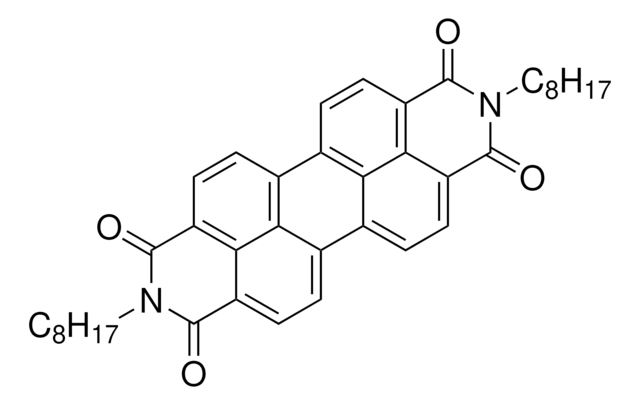


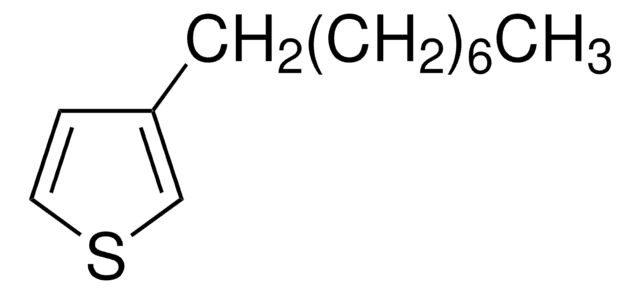
![Poly[2-methoxy-5-(2-ethylhexyloxy)-1,4-phenylenevinylene] average Mn 40,000-70,000](/deepweb/assets/sigmaaldrich/product/structures/344/488/b8f8179d-3970-4deb-a754-adda88cdb36f/640/b8f8179d-3970-4deb-a754-adda88cdb36f.png)

